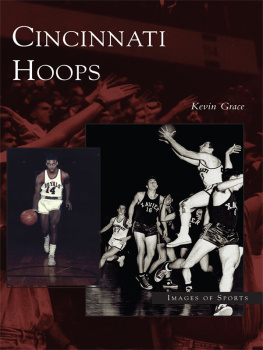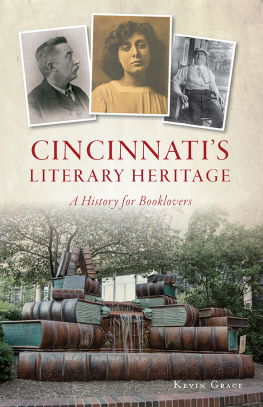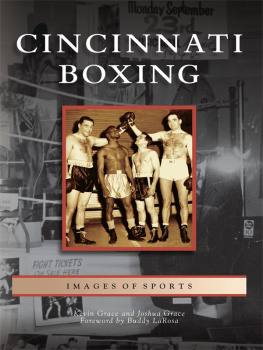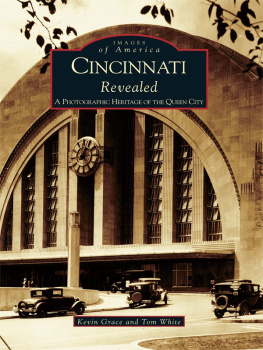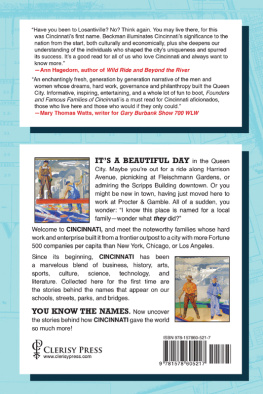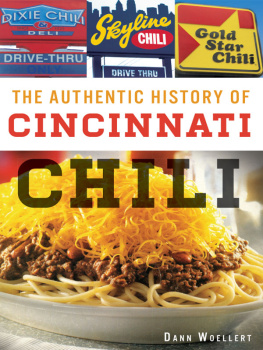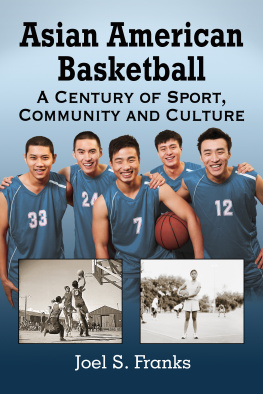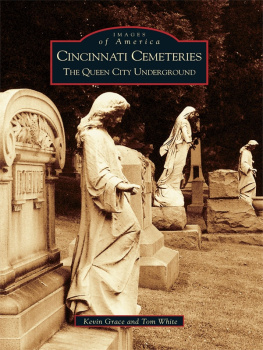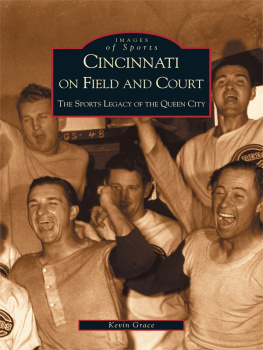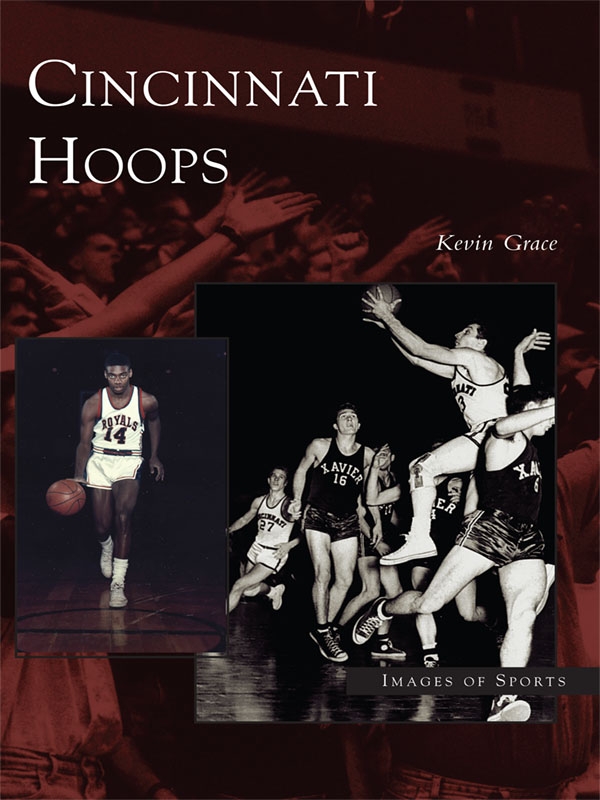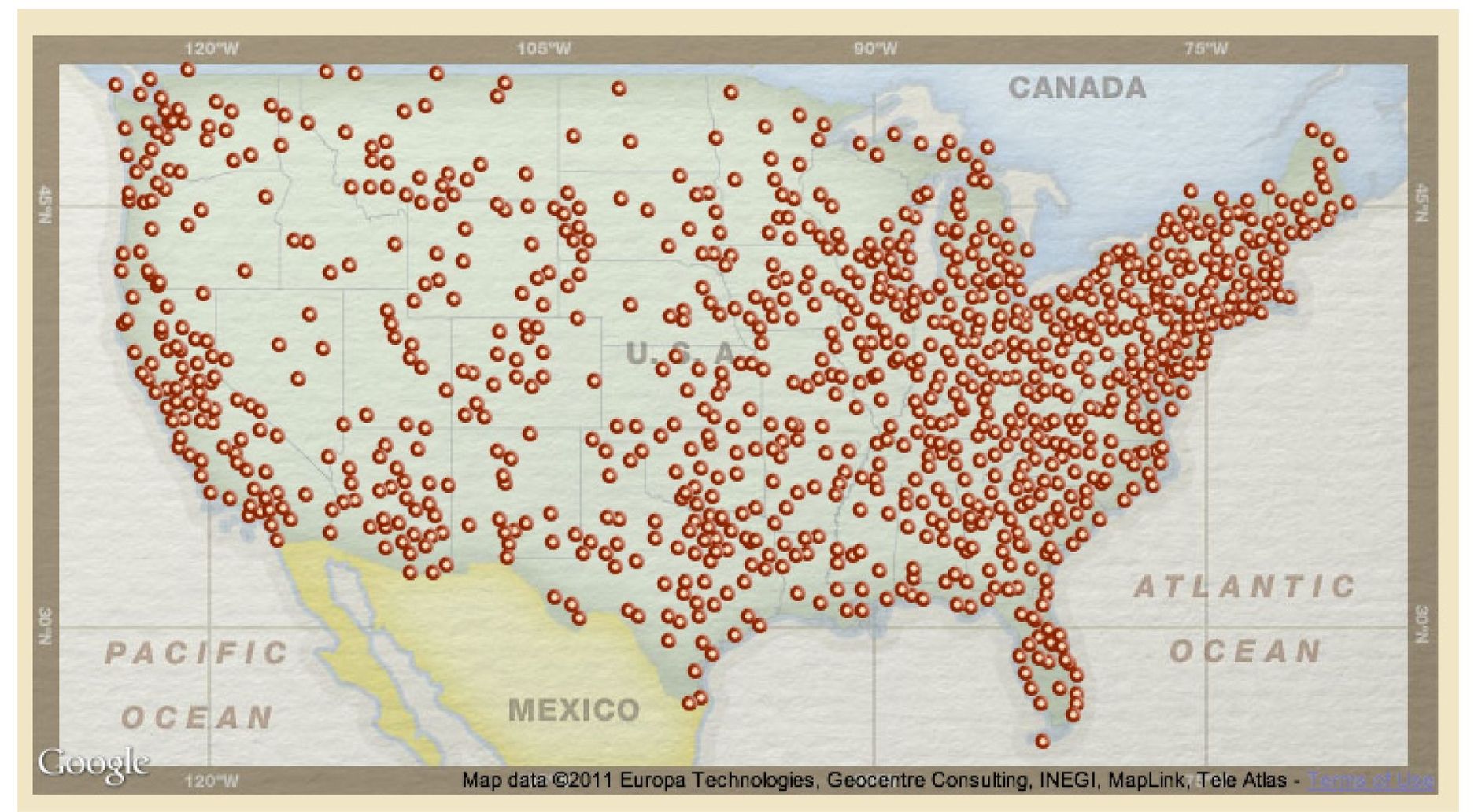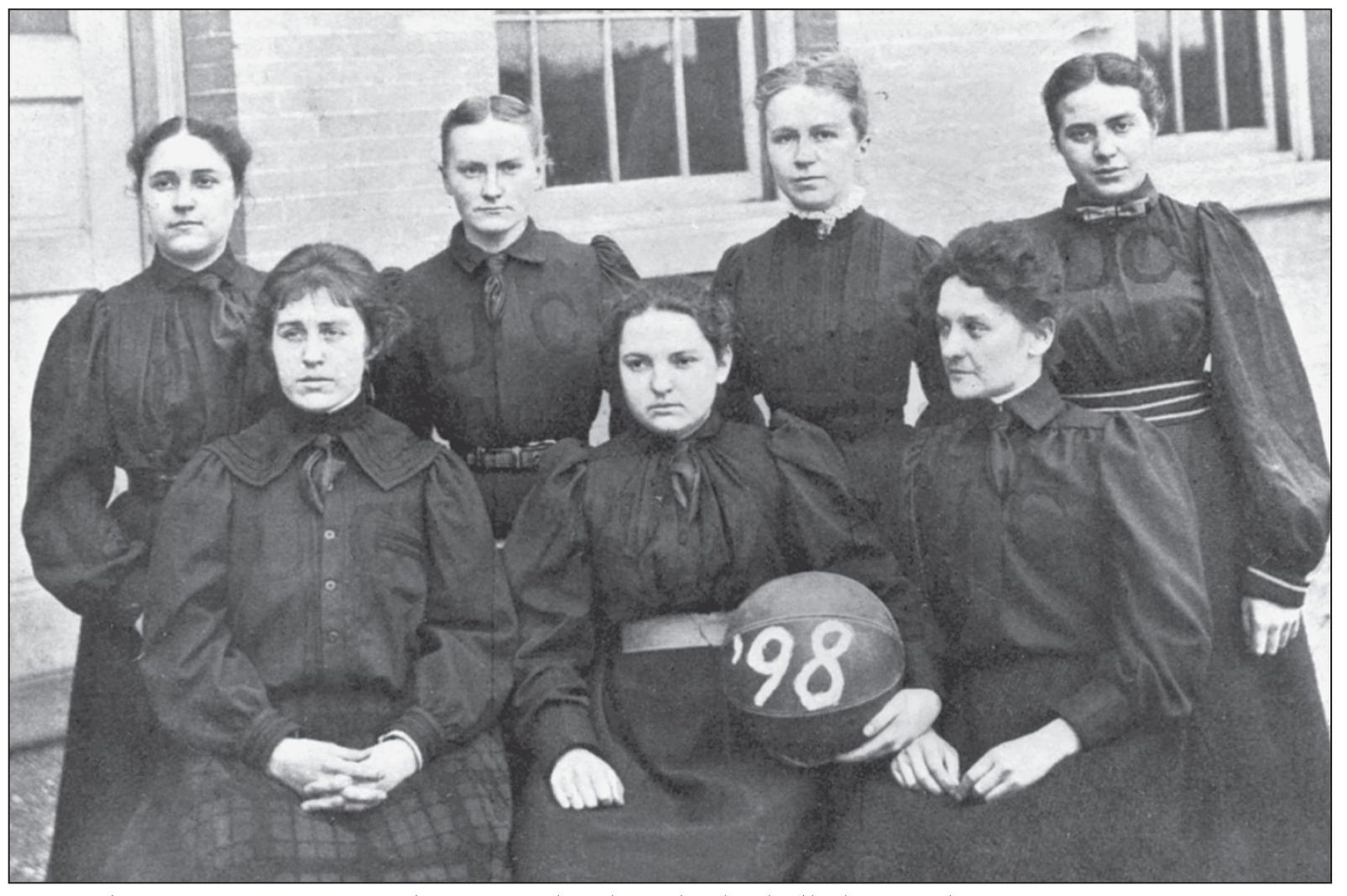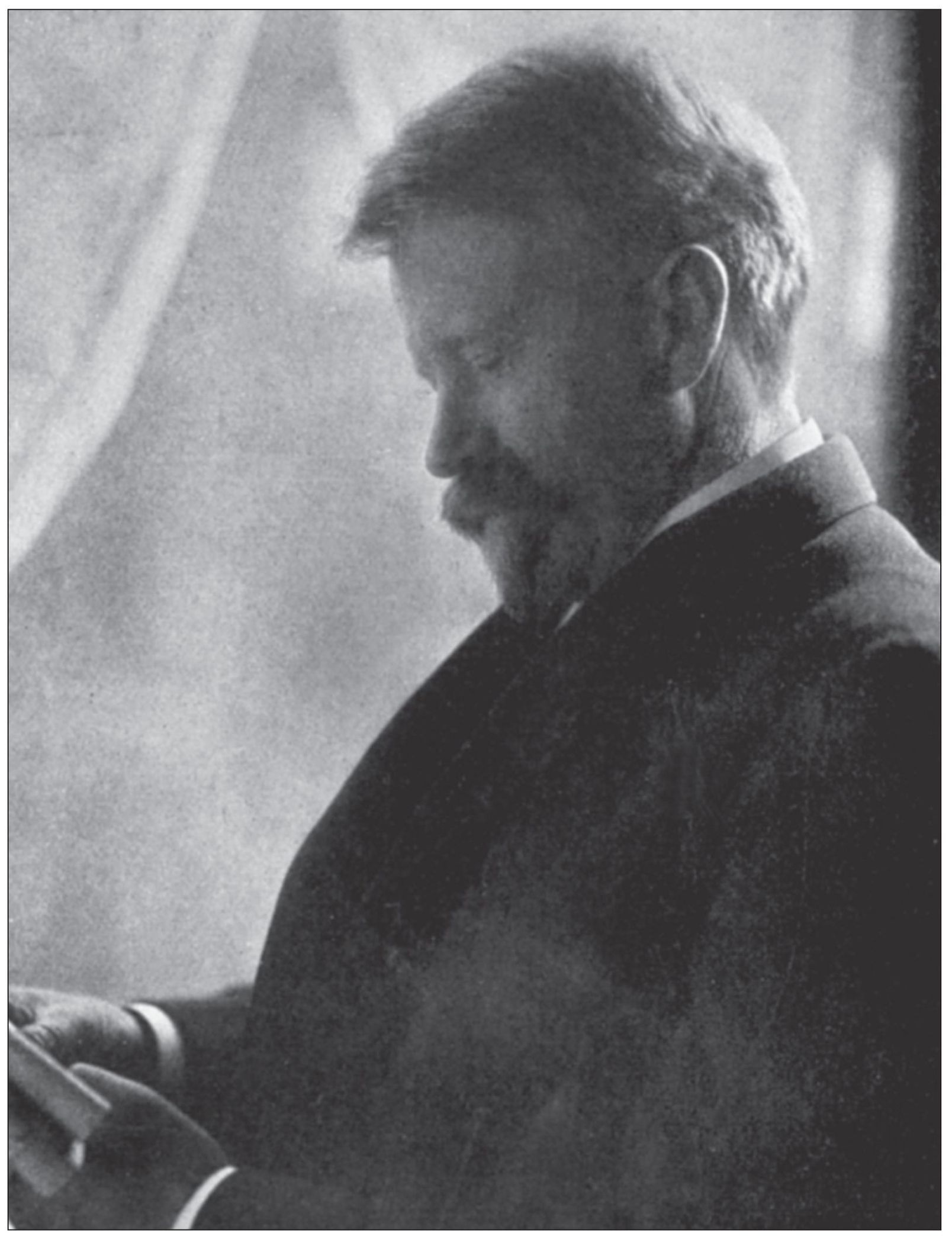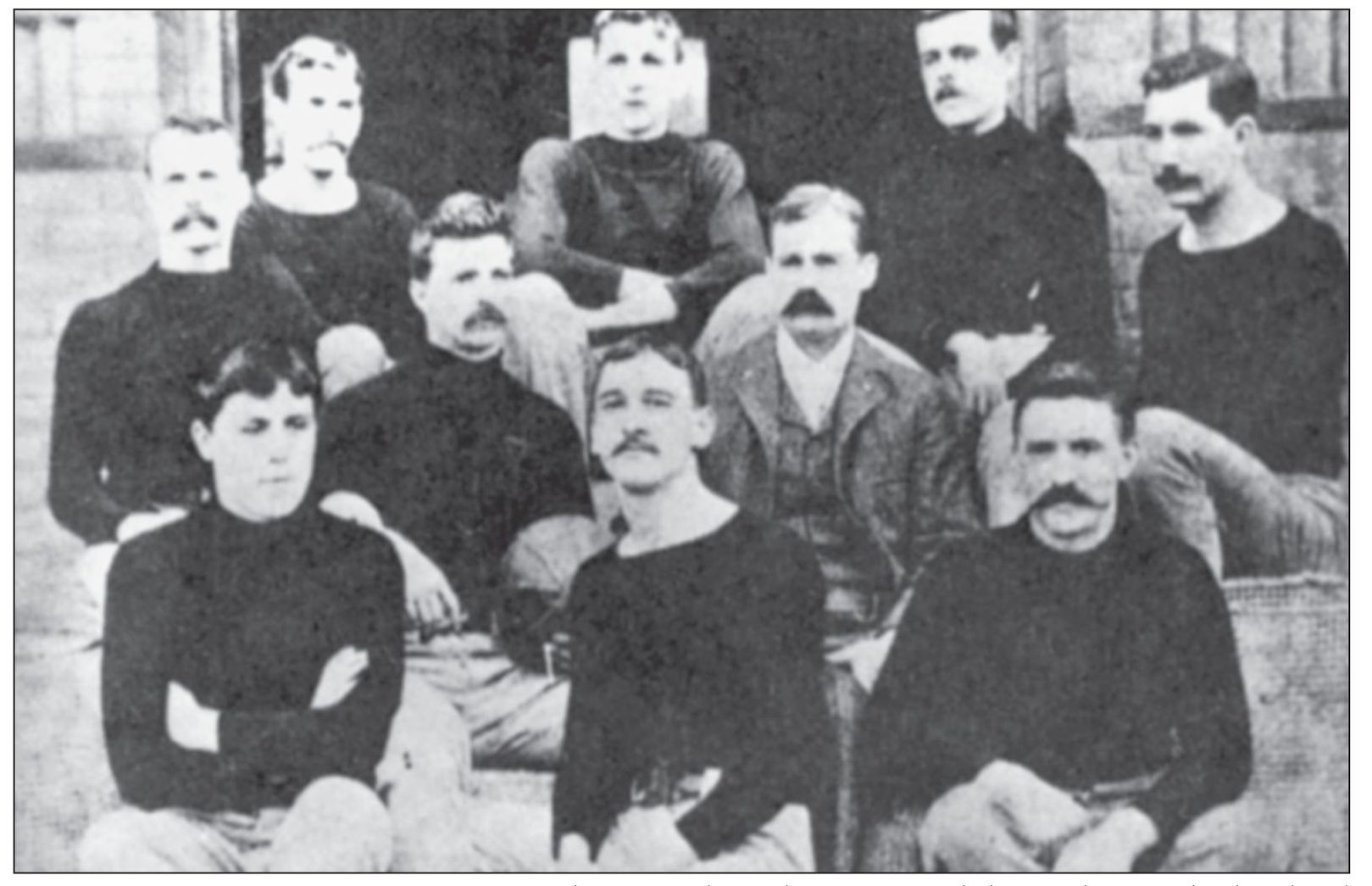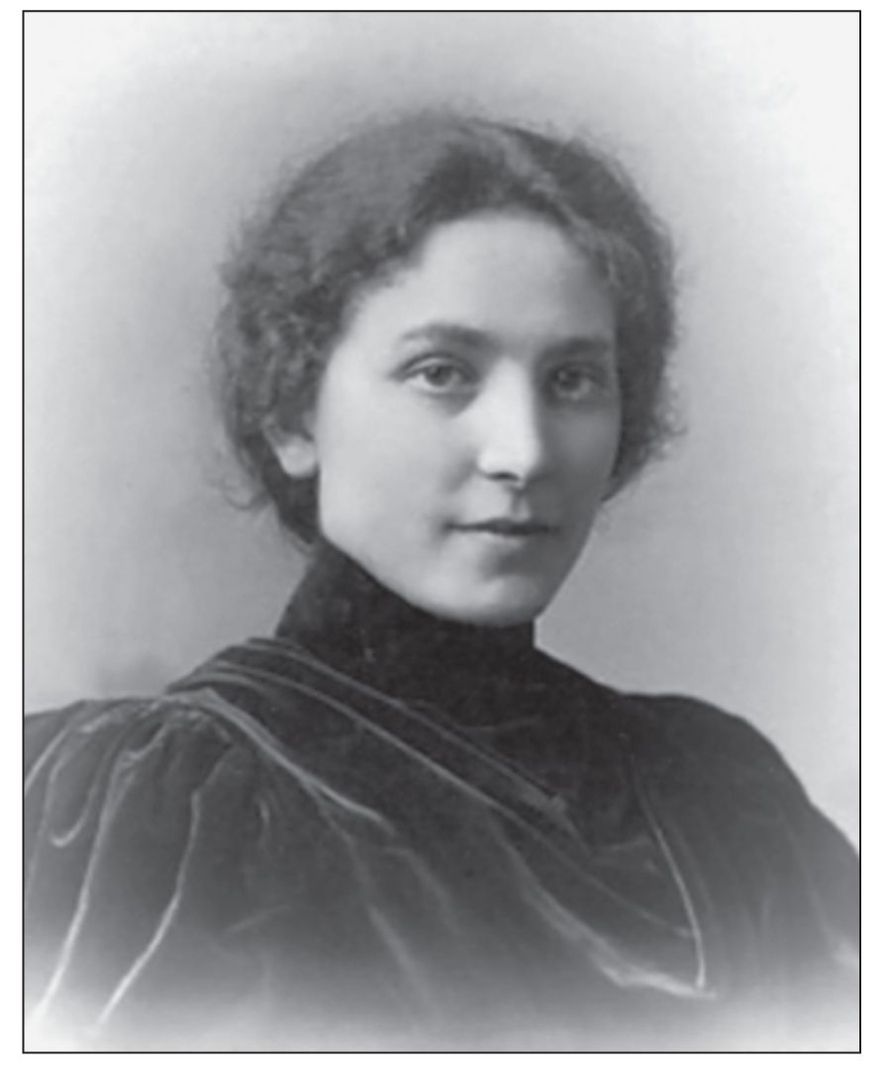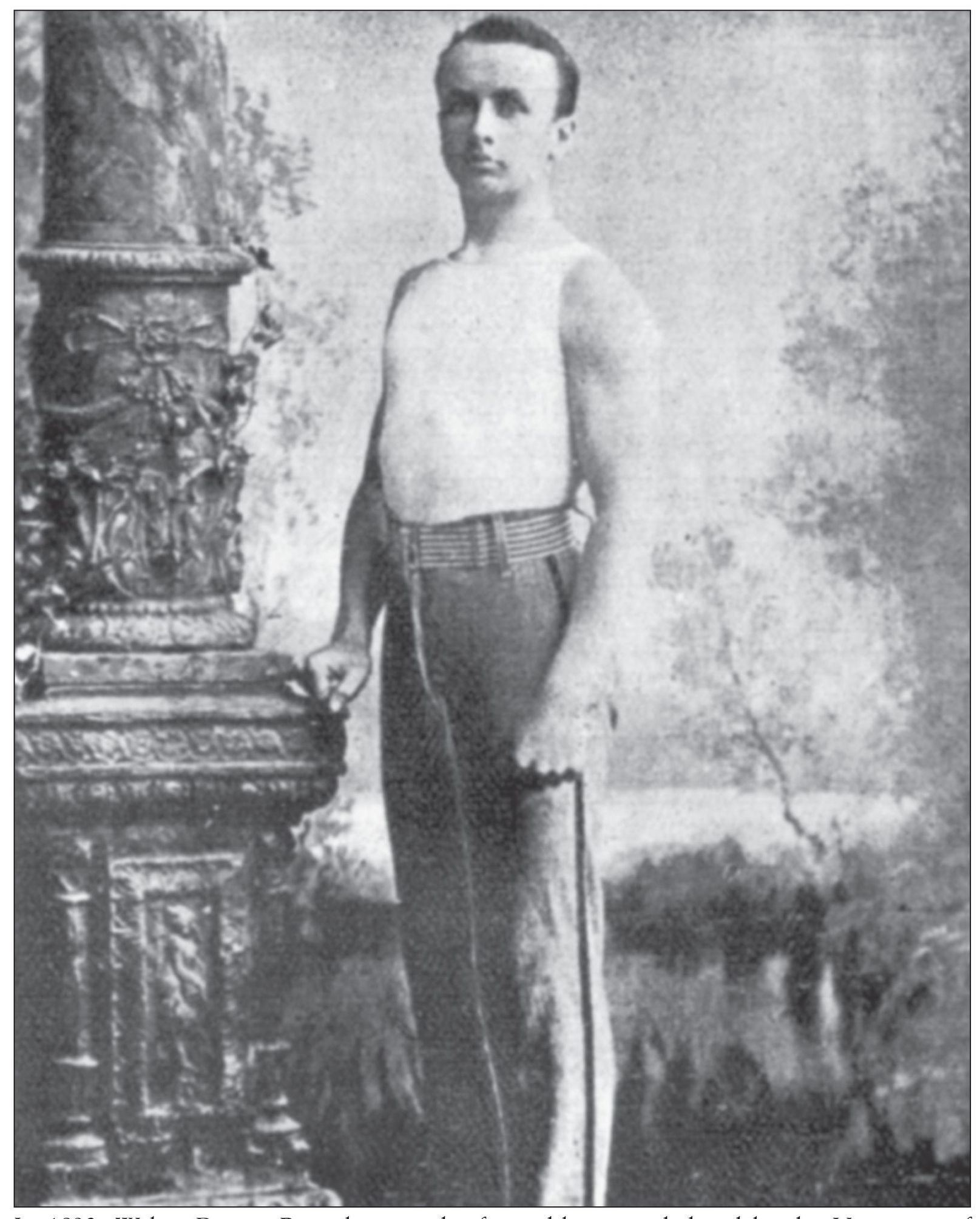Thanks for information, assistance, and encouragement go to Dana Blackwell, Robert Bradley and the members of the Association of Professional Basketball Researchers, Donn Burrows, John Erardi, Suzanne Finck, A.J. Friedman, Robert E. Glass of Centre College, Margaret Gonsalves of Springfield College, Greg Hand, Andrew Higley, Mary Jo Huismann, Katherine Lindner, Brittany Moore, Kevin Proffitt, Don Heinrich Tolzmann, Jack Twyman, Lisa Ventre, Tom White, the sports information staff of the Xavier University athletic department, and my editor at Arcadia, Jeffrey Ruetsche, who has done a great deal to document the sports heritage of the Midwest.
And, thanks also to my wife, Joan Fenton, and the starting five: Sean, Bonnie, Lily, Josh, and Courtney.
Notes for Further Reading
For a very good general history of sports in America, including the development of basketball, see Benjamin G. Raders American Sports: From the Age of Folk Games to the Age of Televised Sports , 5th ed. (Upper Saddle River, NJ, 2003). Also helpful is a book by Steven A. Riess, City Games: The Evolution of American Urban Society and the Rise of Sports (Urbana, IL, 1989).
Excellent information about the early history of basketball and its subsequent growth can be found in James Naismiths Basketball: Its Origin and Development (first published in 1941, subsequently reprinted, Lincoln, NE, 1996) and The Amazing Basketball Book: The First 100 Years , 2nd ed., by Bob Hill and Randall Baron (Louisville, KY, 1988). Essential research on professional basketball begins with Robert Bradleys Compendium of Professional Basketball (Tempe, AZ, 1999), Ron Smiths Ultimate Encyclopedia of Basketball: The Essential Guide to the NBA (New York, NY, 1996), The Sports Encyclopedia: Pro Basketball, 1891-1990 , 3rd ed., by David S. Neft and Richard M. Cohen (New York, NY, 1990), and The 2002-03 Official NBA Guide, ed. by Craig Carter and Rob Reheuser (New York, NY, 2002). For solid histories of the NBA, including its integration, see Robert W. Petersons Cages to Jump Shots: Pro Basketballs Early Years (New York, NY, 1990), Leonard Koppetts 24 Seconds to Shoot: The Improbable Rise of the National Basketball Association (Kingston, NY, 1999, first published 1968), and They Cleared the Lane: The NBAs Black Pioneers by Ron Thomas (Lincoln, NE, 2002).
To learn more about women and basketball, see Joanne Lannins A History of Basketball for Girls and Women: From Bloomers to Big Leagues (Minneapolis, MN, 2000), and The 2003 Official WNBA Guide and Register, ed. by John Maxwell, Steve Meyerhoff, and Jeanne Tang (New York, NY, 2003).
Neil D. Isaacss All the Right Moves: A History of College Basketball (Philadelphia, PA, 1975) is a good readable history, and two books thoroughly document the college basketball gambling scandals of the 1950s: Stanley Cohens The Game They Played (New York, NY, 1977) and Charley Rosens Scandals of 51: How the Gamblers Almost Killed College Basketball (New York, NY, 1978 and 1999). The best overall treatment of sports gambling is Betting the Line: Sports Wagering in American Life by Richard O. Davies and Richard G. Abram (Columbus, OH, 2001).
For a general view of Cincinnati sports history, including basketball, see Cincinnati on Field and Court: The Sports Legacy of the Queen City by Kevin Grace (Chicago, IL, 2002). Bearcats! The Story of Basketball at the University of Cincinnati by Kevin Grace, Greg Hand, Tom Hathaway, Carey Hoffman, and Lisa Souders (Louisville, KY, 1998), along with three other books, Ed Juckers instructional Cincinnati Power Basketball (Englewood Cliffs, NJ, 1962), Bob Huggins: Pressed for Success by Bob Huggins and Mike Bass (Champaign, IL, 1995), and Alex Meachams Walk of a Lifetime: An Inspirational Journey from a Shattered Dream to the Cincinnati Bearcats (Cincinnati, OH, 2000) provide good views of the UC basketball heritage.
For the career and legacy of Oscar Robertson, see But They Cant Beat Us: Oscar Robertson and the Crispus Attucks Tigers by Randy Roberts (Champaign, IL, 1999), Ira Berkows Oscar Robertson: The Golden Year, 1964 (Englewood Cliffs, NJ, 1971), and Robertsons autobiography, The Big O (Emmaus, PA, 2003).
Find more books like this at
www.imagesofamerica.com
Search for your hometown history, your old
stomping grounds, and even your favorite sports team.
ONE
Creating a Cincinnati Game 18911918
It was the womens teams of the 1890s that kept basketball alive at the University of Cincinnati as the male students struggled to make hoops a viable sport for themselves. On campus, they were called the Bloomer Brigade and men were prohibited from watching their games. In 1898, English instructor Edith Peck (pictured bottom row, far right) donated a basketball to the team so they no longer had to borrow the mens ball.
Dr. Luther Halsey Gulick provided the impetus for the invention of basketball. The son of prominent missionaries, Gulick earned a medical degree and in 1887 turned his attention to heading the YMCA Training School in Springfield, Massachusetts. As early as 1869, each new YMCA building had included a gymnasium, and Gulick was a firm believer in the Y credo of muscular Christianity, the idea that sports participation helped develop spiritual character. So, in December 1891, Gulick directed an instructor, James Naismith, to develop an indoor winter sport that would engage the attention of the students. The sport of basketball was the result.
Born in Ontario in 1861, James Naismith was orphaned at nine, and dropped out of high school to become a lumberjack (and a hard-drinking one at that). When he was twenty, he decided to continue his education, and armed with a college degree he began working for Gulick in 1890. He developed basketball with nine-man teams, and devised thirteen rules for play, most of which are still in effect. Naismith is pictured here (in the suit) with his first team. Legend has it that Naismith actually played his game only twiceand was booted out both times for his rough play.
If James Naismith was the father of basketball, Senda Berenson could be considered the games mother. As a physical culture instructor at Smith Collegeclose to Springfield in nearby Northampton, Berenson was looking for a challenging activity for her coeds. She contacted Naismith about the particulars of the game and became a leading proponent of womens basketball, helping forge the rules that would govern play for almost a century.

